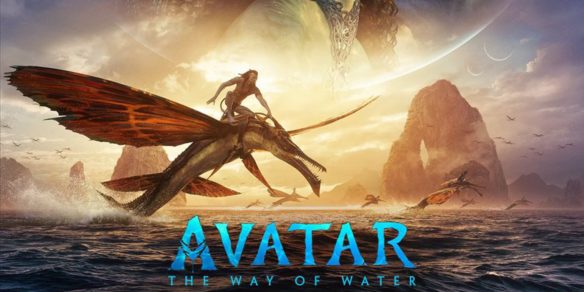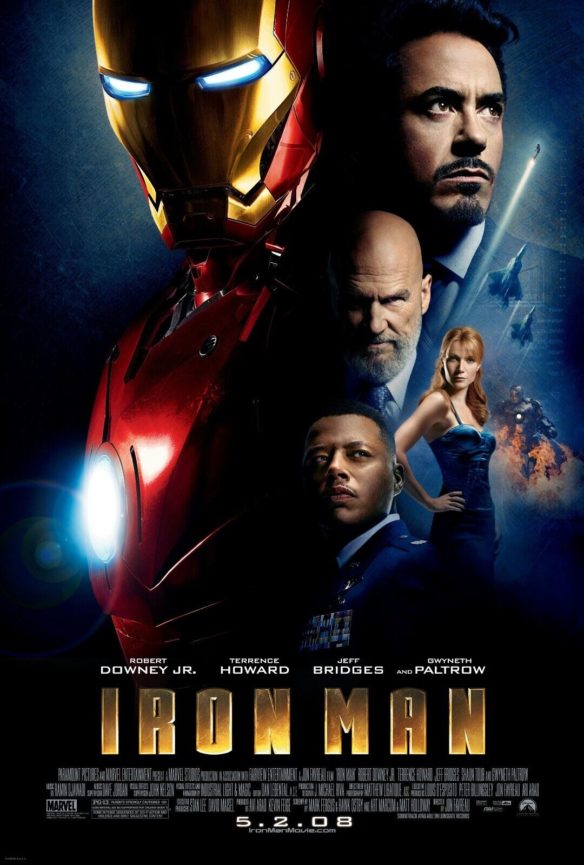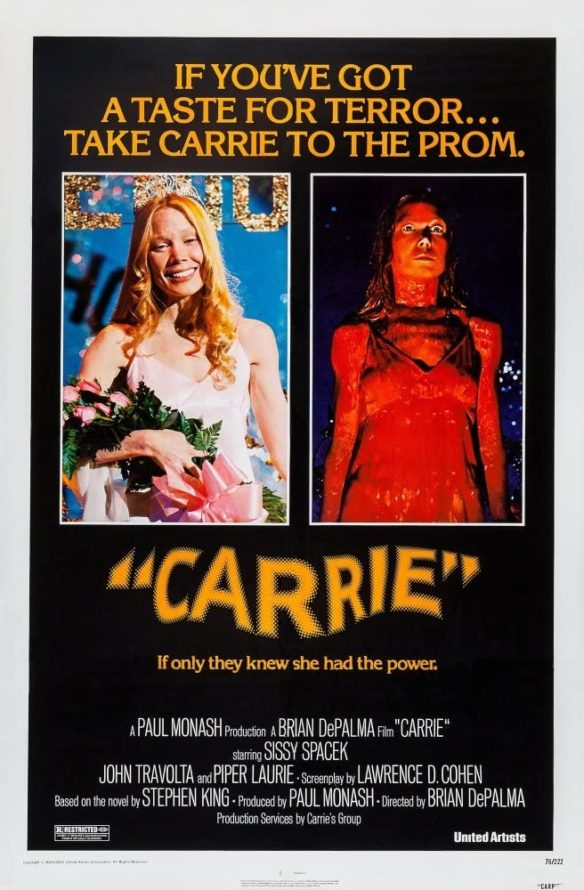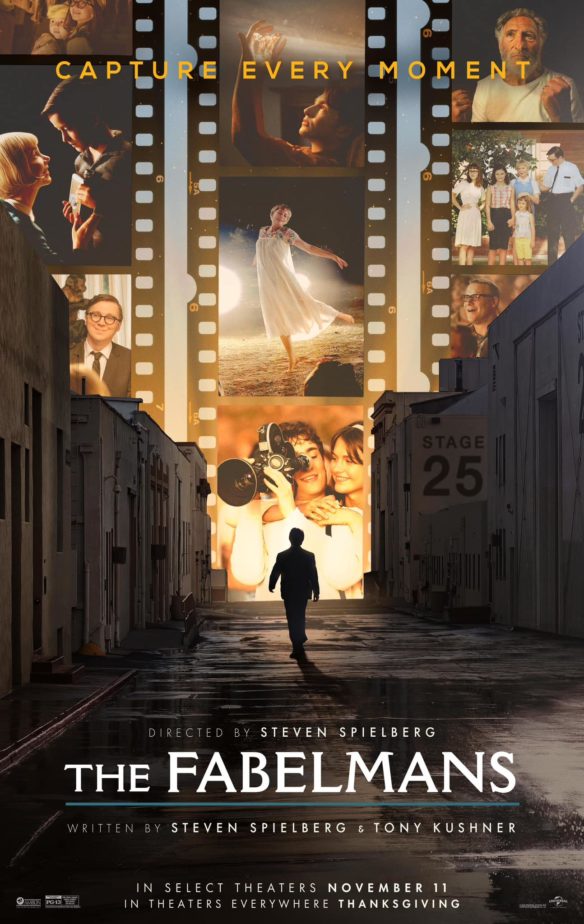
By Craig Miller. [Reprinted by permission from Facebook.] It was back to the Directors Guild last night for a screening of Avatar: The Way of Water. Overall, I really enjoyed the film. Like the first Avatar movie, the story itself isn’t remarkable. It isn’t concepts you haven’t seen before. But that’s true for a lot of movies. And plays. And novels. West Side Story is Romeo and Juliet. It’s all in how you tell it.
And James Cameron tells it quite well. As with Avatar, Avatar: The Way of Water is a visual feast. Unlike the first film, there aren’t long sweeping pans lingering over beautiful, otherworldly vistas. The “beautiful” and the “otherworldly” are still there, but we’re seeing them incorporated into the action and storytelling.
At nearly three-and-a-quarter hours, the film is long though it doesn’t feel quite that long. And unlike a lot of sequels, it isn’t just a retelling of the first film but with bigger, meaner, or more bad guys. It’s new story. A continuation of what came before but taking us in new directions and to new locations. There’s a lot of storytelling going on, with longish sequences that don’t seem to be following the main story, but they pay off in the end. Though the film could certainly do with trimming.
There are a number of questionable things in the film but mostly they pass over you while you’re watching. (These are relatively minor. Like, in the first Avatar, was this the only spot on Pandora the upsidasium – oops, I mean unobtainium – was located? Weren’t there places where they wouldn’t have to go to war to get it? And what were even they going to use it for? They clearly had cheap and easy air and space travel.)
We saw the film in 3D and I’m not sure that added much to the enjoyment. Maybe it made the environment a little more vivid. The 3D wasn’t used for storytelling purposes. They didn’t talk about the format or projection at the screening but it seemed that some scenes were in standard 24 fps speed and others were 48 fps. Peter Jackson used 48 fps on The Hobbit and it gave the whole film an ultra-real “locker room interview” feel. Here, too, I found the faster filming speed sequences looked weird. And switching between the two filming speeds was jarring. I was thrown out of the movie because I was noticing a change to the images. I do not recommend seeing the film in that format.
But I do recommend seeing this film. Genny and I both liked it. (If you didn’t like Avatar, you probably won’t like this either. I think it’s actually somewhat better than its predecessor.)
There are three more Avatar films planned. Presumably the next one will be out sooner after this one than the gap between the first two films.




















